Vul. Mytropolyta Andreia – Lviv Polytechnic National University building
ID:
2230
Educational building #4 of the Lviv Polytechnic National University constructed in the Modernist style between 1970 and 1978, lead architect Pavlo Mariev. The building is comprised of lecture and study halls, student library and cafeteria. Currently the building serves as an academic center of Lviv Polytechnic, housing various university institutes and departments.
Architecture
The five-storey building called #4 is part of the Lviv Polytechnic campus made up of buildings # 1, 2, 3, 4 and 5, as well as canteen and library. All the structures, with the exception of Building #3, went up between 1960-1970 (Student Planning and Design Bureau, 1978, p21). Building #4 stretches along Mytropolyta Andreya Street (formerly Oleksandra Nevskoho Street). The main fa?ade and entrance face the internal courtyard. A drive-in entrance leads from the street to that courtyard past a student cafeteria seating 200 and located on the structure’s ground floor. The student library is adjacent to the north. The library entrance is on the north side near a small garden. Building #4 connects with other University buildings via an underground walkway.
Spatially, Building #4 resembles an extended horizontal parallelepiped with a flat roof. Continuous bands of windows transverse the length of the fa?ade, underscoring the building’s horizontal composition. The library building on the other hand, maintains a vertical line. Looking from the central courtyard one sees a distinctive vestibule ensemble, over which sit two lecture halls. The ground floor of the building is raised with a broad flight of stairs leading to the entrance. Combined, these details – lecture rooms, vestibule and stairs – establish the dominant line of the campus courtyard.
The structure’s vestibule leads to a wide staircase near which are set six elevators. The vestibule ensemble and stairs are set symmetrically near the midpoint of the structure’s interior. This vertical line is lit by large floor to ceiling windows which, viewed from Mytropolyta Andrea Street, accentuate the building’s horizontal.
The interior design is laid out along corridors with the main staircase situated at the center and emergency staircases at the end of each corridor. The hall of the academic center accesses the library corridor from the north. On the north end sits an elevated walkway leading to Building #1. On each side of the staircase on the 2nd and 4th floors are four, two-story high lecture halls
The library building adjacent to Building #4 on the north has a separate vestibule, coatroom, and staircase leading to the reading rooms and library stacks which boast more than 1.2 volumes, and occupy the second through fifth floors. Two emergency staircases lead from the stacks near the central stair.
The structure is comprised primarily of a reinforced concrete slab carcass in a standard 6x6m column arrangement. The interior walls are a mix of solid and hollow-core brick and drywall. The outer walls are hung in concrete slab covered in a mosaic of light-blue ceramic tile, and fitted with aluminum frame bands of windows. The library fa?ade is fitted with hinged windows with aluminum-steel framing. The flooring in the corridors and vestibules is concrete slab mosaic, the offices, lecture and study halls are done in parquet, and the service areas in ceramic tile.
Sources
1. Hofer A., Leitner E., Tscherkes B. Lemberg: Architecture and City. 100 Landmark Buildings. Vienna: Lit verlag GmbH & Co KG, 2012. p163
2. Lviv Polytechnical Institute Student Planning and Design Bureau. Order of Lenin Academic Lviv Campus Complex. Full schematic. Lviv: 1978. (Львов, 1978).
3. Lviv Polytechnical Institute Student Planning and Design Bureau. Order of Lenin Academic Lviv Campus Complex. Project element schematic – Laboratory & Lecture Center of the General Technical Department. Lviv: 1978.
4. Biriulyov, Yuryi, ed. Architecture of Lviv: Times and Styles, 13th-21st centuries. Lviv: Center of Europe Publishing, 2008. pp 624-720.
Material Assembled by Andriy Shulyar
Media Archive Materials
Related Pictures
-
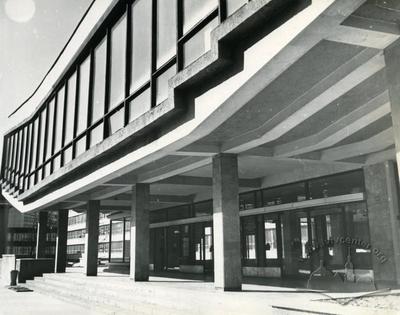 Навчальний корпус №4 зі студентською бібліотекою Національного університету “Львівська політехніка”
Навчальний корпус №4 зі студентською бібліотекою Національного університету “Львівська політехніка”
-
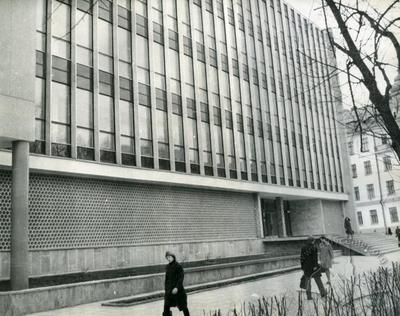 Головний фасад бібліотеки Львівської Політехніки
Головний фасад бібліотеки Львівської Політехніки
-
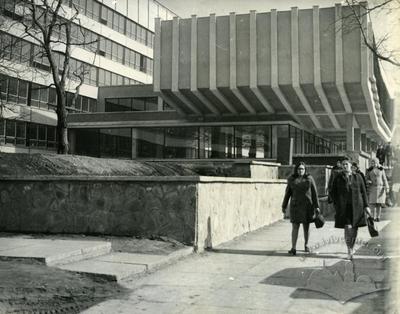 Фрагмент головного фасаду з виносними авдиторіями навчальний корпус №4 Львівської Політехніки
Фрагмент головного фасаду з виносними авдиторіями навчальний корпус №4 Львівської Політехніки
-
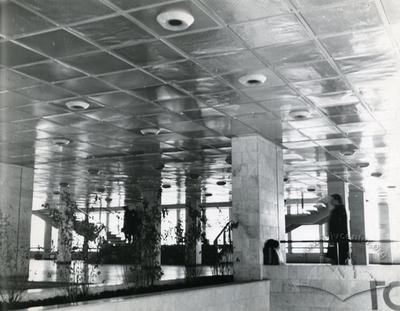 Інтер’єр вестибюлю та головних сходів 4-го корпусу Львівської Політехніки
Інтер’єр вестибюлю та головних сходів 4-го корпусу Львівської Політехніки
-
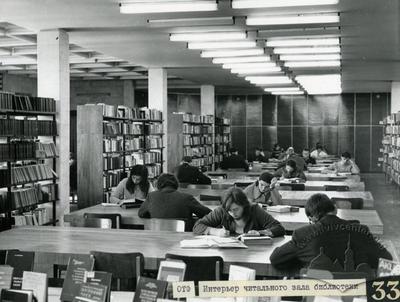 Інтер’єр читального залу бібліотеки Львівської Політехніки
Інтер’єр читального залу бібліотеки Львівської Політехніки
-
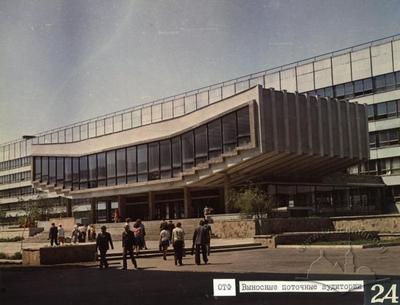 Фрагмент головного фасаду з головним входом та виносними авдиторіями навчальний корпус №4 Львівської Політехніки
Фрагмент головного фасаду з головним входом та виносними авдиторіями навчальний корпус №4 Львівської Політехніки
-
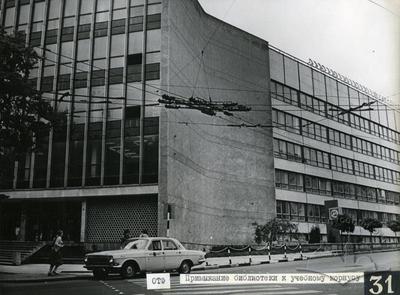 Ббліотека та 4-й корпус Львівської Політехніки зі сторони пл. Св. Юра (Б.Хмельницького)
Ббліотека та 4-й корпус Львівської Політехніки зі сторони пл. Св. Юра (Б.Хмельницького)
-
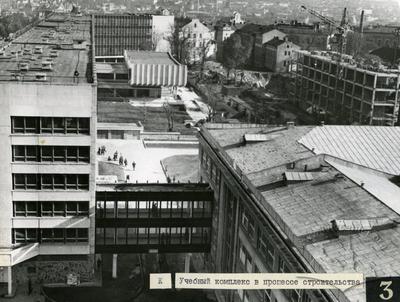 Панорама внутрішнього подвір’я академічного містечка з будовою корпусу №2 Львівської Політехніки
Панорама внутрішнього подвір’я академічного містечка з будовою корпусу №2 Львівської Політехніки
-
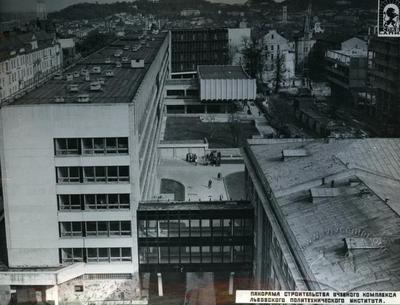 Панорама корпусу в структурі кварталу академічного містечка Львівської Політехніки
Панорама корпусу в структурі кварталу академічного містечка Львівської Політехніки
-
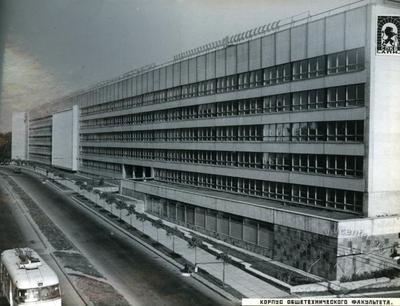 Навчальний корпус №4 зі студентською бібліотекою Національного університету “Львівська політехніка”
Навчальний корпус №4 зі студентською бібліотекою Національного університету “Львівська політехніка”
-
 Фрагмент головного фасаду з виносними авдиторіями навчальний корпус №4 Львівської Політехніки
Фрагмент головного фасаду з виносними авдиторіями навчальний корпус №4 Львівської Політехніки
-
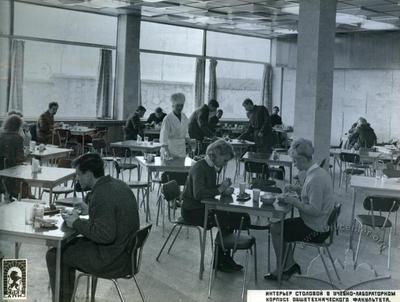 Інтер’єр їдальні навчального корпусу №4 Львівської Політехніки
Інтер’єр їдальні навчального корпусу №4 Львівської Політехніки
-
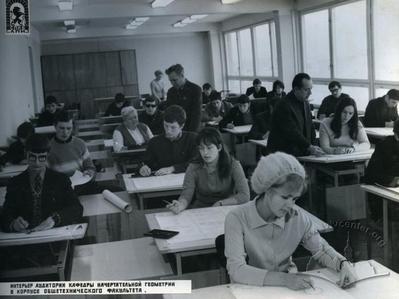 Інтер’єр навчальної авдиторії в корпусі №4 Львівської Політехніки
Інтер’єр навчальної авдиторії в корпусі №4 Львівської Політехніки
-
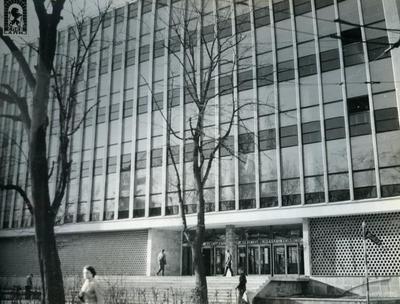 Головний фасад бібліотеки Львівської Політехніки
Головний фасад бібліотеки Львівської Політехніки
-
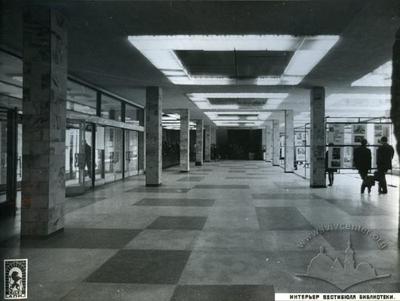 Інтер’єр вестибюлю бібліотеки Львівської Політехніки
Інтер’єр вестибюлю бібліотеки Львівської Політехніки
-
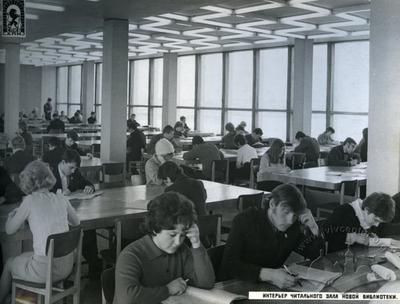 Інтер’єр їдальні навчального корпусу №4 Львівської Політехніки
Інтер’єр їдальні навчального корпусу №4 Львівської Політехніки











